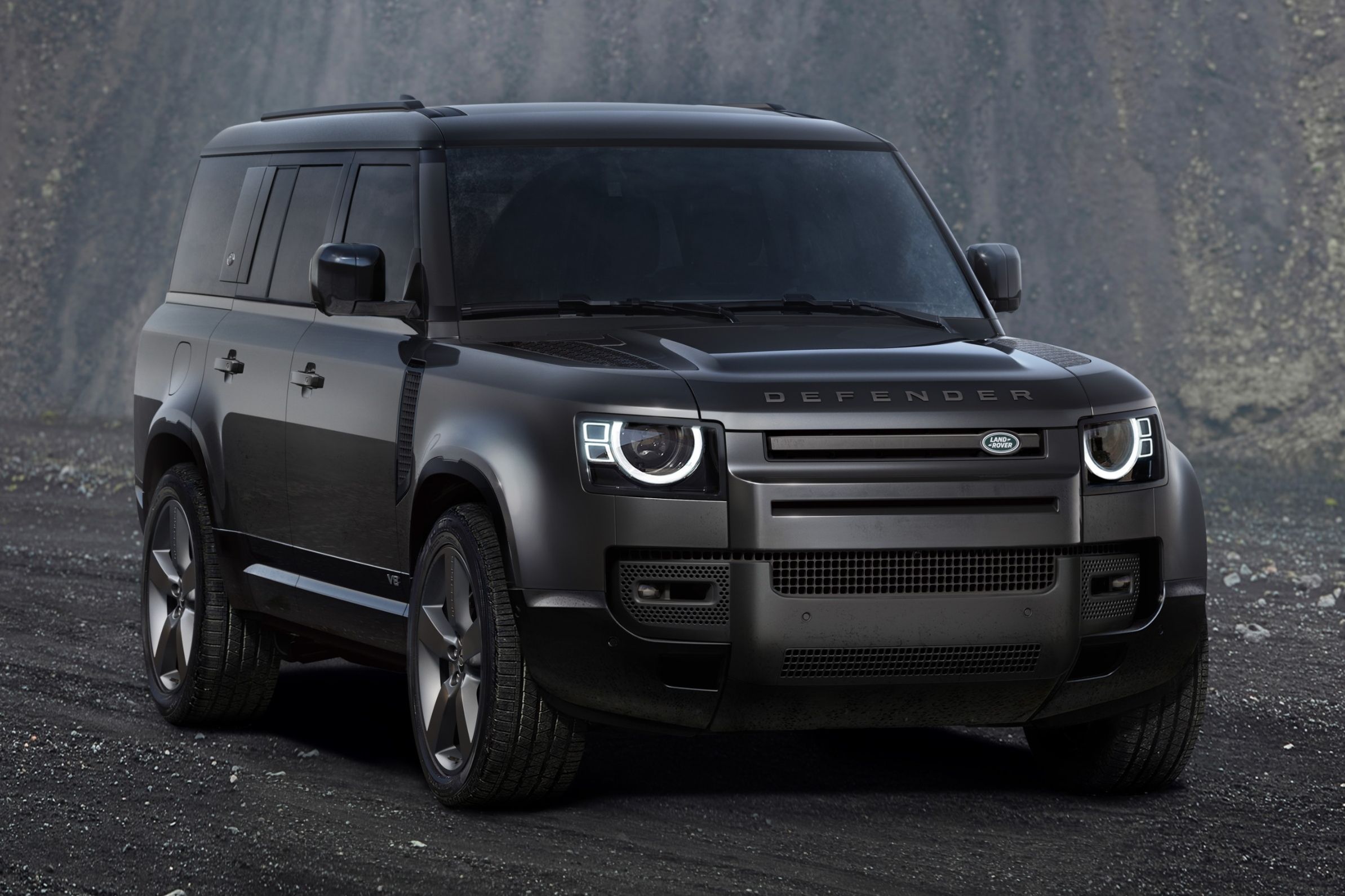
If you're in the market for a new Land Rover Defender, be prepared to wait. Last summer, we reported that the UK automaker was experiencing difficulty building a sufficient supply of Defenders due to the pandemic. You can't build vehicles when factories are shut down, as was the case with Jaguar Land Rover's facility in Slovakia, home of the Defender.
Fast forward to today, and Defender demand remains strong with JLR's order bank reaching nearly 100,000 vehicles, though this figure includes plug-in hybrid variants of its other models, such as the Range Rover. Blame the semiconductor chip crisis, itself a pandemic aftereffect. Automotive News confirmed this figure following a recent presentation given by JLR chief financial officer Adrian Mardell to investors where its latest quarterly earnings were announced.
"It's the result of the supply side," he said. "Expect those order books to normalize in six, nine- or 12-months' time."
In other words, it's going to be a while. Resolving the global chip shortage won't happen overnight.
A majority of delayed Defender deliveries are in Europe and the UK, though the US and other vital markets like China are surely impacted as well. JLR still doesn't know how this will affect production for the next financial year, but it's clear that many Defender buyers won't get a 2021 model at this point. Mardell confirmed the Defender order bank currently exceeds 20,000 units. Nearly 7,000 are being sold each month, a 2,000-unit increase over the predicted amount.
To compare, JLR took around 8,000 orders when the reborn Defender first hit the market in April 2020 and went on to sell around 45,000 units total last year. Land Rover's plug-in hybrids are also highly sought after, especially in Europe, because wealthy customers want to take advantage of tax breaks for electrified vehicles. PHEV sales reached 7.3 percent of total global JLR sales last quarter. Even the Jaguar I-Pace is still doing quite well as it consisted of 1.8 percent of sales during that time.
Though demand for these models remains high, JLR had to write off some $952 million in the financial year ending in March following the cancellation of a new EV platform that would've underpinned a new XJ sedan, as well as other restructuring costs.
